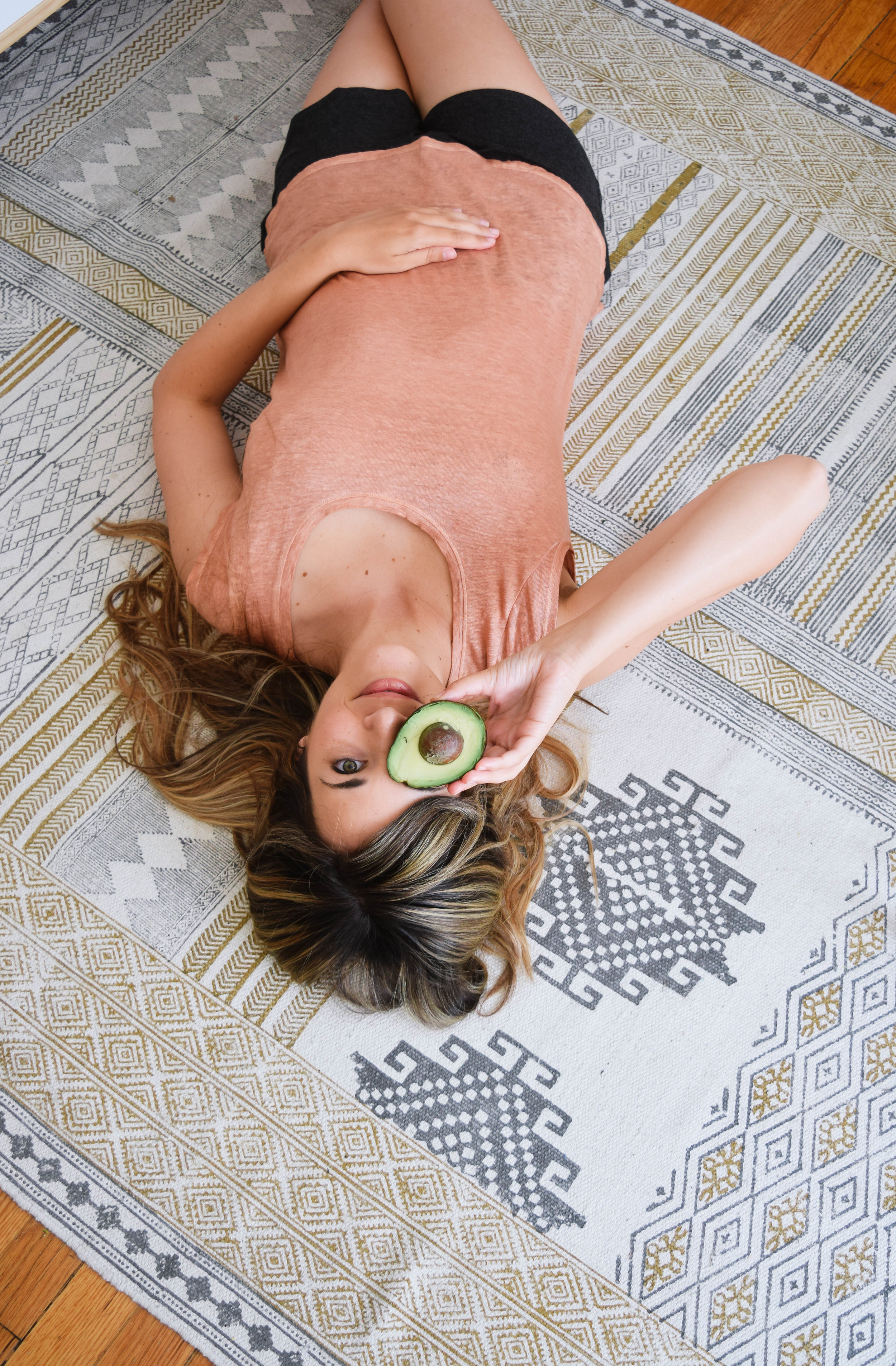5 Benefits of using Food Waste for Fabric Dyeing
Benefits of using Food Waste for Fabric Dyeing
Say what? You can use your food waste to dye fabric? Who would have thought :P Well, Sustain by Kat knows how beneficial it can be - and the great end product you receive! When they told me one of their tees would be dyed with avocado, I assumed it would be green. WRONG - it’s this gorgeous pink! I couldn’t believe it. This GOTS-certified organic linen tank {complete with organic cotton thread and organic cotton labels} uses the peels and seeds from avocados to create this lovely shade - and the fit is beautiful. As a lover of textiles, seeing more and more fruit & veggie dyeing has gotten me excited about the future of eco-fashion.
So, what are the benefits of using this type of waste?!
1. Completely biodegradable. Yes, no harming the water or sitting in a landfill, admitting toxic chemicals into the atmosphere! The skins & seeds are cleaned and soaked in warm water for a week. After, the plant parts are filtered out and composted. Then, the shirts are cleaned with natural plant and mineral-based soaps and prepped for dyeing with metallic salts, which help the avocado dye bind to linen fabric.
2. Safer for your skin. Now that I’m a new mama, I think about what goes on my skin even more. I feel like dyes are one of those last things on your mind regarding fashion. Most dyes you find today are created with chemicals you wouldn’t want to touch with your bare hands.
3. Easy on the Earth. Since everything used to create these dyes is natural and non-toxic, your skin AND the planet thanks you. The entire process for veggie & fruit dyeing only calls for a few ingredients.
4. Creates beautiful colors. From yellow onion skins to some old blueberries no longer appetizing, you can get many different shades just from your kitchen. The colors are vibrant and unique. Not to mention, it’s a great way to fix stained tees you thought about throwing away.
5. No additional resources needed. This goes without saying, but I’m going to touch on it anyway! I love the idea of circular fashion, and I think applying that concept to food is equally important. Waste not, want not. By using something we already have, we can limit our use of resources and lessen our carbon footprint. What’s better than that?




